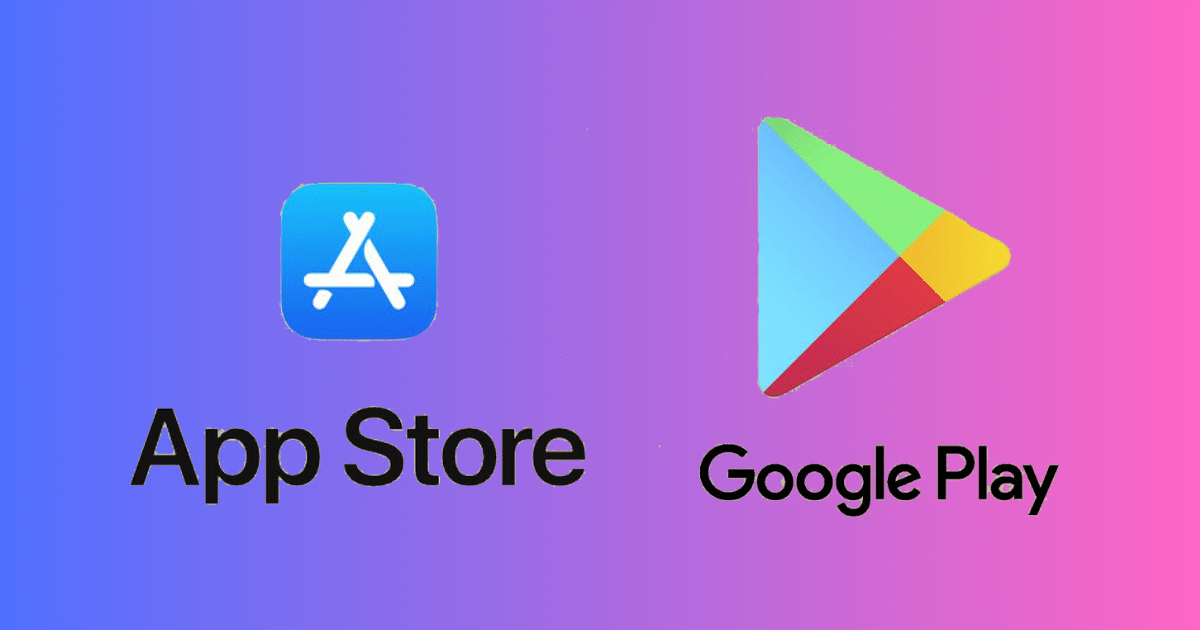In the dynamic landscape of mobile app development, achieving sustainable revenue streams remains a significant challenge for many developers. The recent “State of Subscription Apps” report from RevenueCat sheds light on the intricacies and trends within the subscription app market, offering invaluable insights for developers and investors alike.

Only 17.2% of subscription apps reach $1,000 monthly revenue mark
Based on data from 2023, the report highlights the difficult situation that app developers currently face. Although the app market is constantly growing and expanding, with more than 30,000 subscription-based apps analyzed across both Apple’s App Store and Google Play Store, most developers struggle to achieve significant revenue milestones.
Key findings from the report
The report highlights a stark revenue disparity, with the top 5% of subscription apps generating a staggering 200 times more revenue than the bottom quartile. This disparity underscores the fierce competition and challenges faced by apps to gain traction and monetize effectively.
Only 17.2% of apps manage to surpass the $1,000 monthly revenue mark. However, reaching this milestone significantly improves the odds of further financial growth, with a notable percentage of apps progressing to $2,500 and $5,000 in monthly revenue.
Health and fitness apps emerge as the most lucrative category, outperforming others by at least double in revenue generation. On the contrary, travel and productivity apps encounter substantial hurdles, even among top performers, struggling to surpass the $1,000 monthly revenue threshold.
The report unveils a challenging landscape for retaining subscribers, with a 14% drop in retention rates after 12 months. This decline, attributed to various factors including price increases and consumer behavior shifts, underscores the importance of robust retention strategies for long-term success.

Looking ahead, RevenueCat CEO Jacob Eiting predicts significant shifts in the app landscape. AI integration is expected to disrupt app functionalities, presenting a “second act” for mobile as the interface for AI interactions. Additionally, the report anticipates a rise in subscription prices and the adoption of alternative monetization methods, such as non-renewable in-app purchases, ads, partnerships, e-commerce, and affiliate marketing.
While the data underscores the challenges faced by app developers, it also highlights strategic opportunities. Developers are encouraged to focus on niche markets, optimize pricing strategies, and prioritize subscriber retention through personalized experiences and value-added services.
(via TechCrunch)